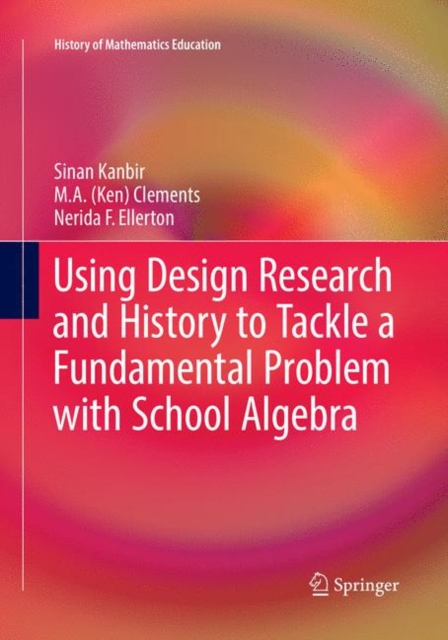CITESTE MAI MULT
Detalii
Descriere RO
In this well-illustrated book the authors, Sinan Kanbir, Ken Clements, and Nerida Ellerton, tackle a persistent, and universal, problem in school mathematics--why do so many middle-school and secondary-school students find it difficult to learn algebra well? What makes the book important are the unique features which comprise the design-research approach that the authors adopted in seeking a solution to the problem.
The first unique feature is that the authors offer an overview of the history of school algebra. Despite the fact that algebra has been an important component of secondary-school mathematics for more than three centuries, there has never been a comprehensive historical analysis of factors influencing the teaching and learning of that component.
The authors identify, through historical analysis, six purposes of school algebra: (a) algebra as a body of knowledge essential to higher mathematical and scientific studies, (b) algebra as generalized arithmetic, (c) algebra as a prerequisite for entry to higher studies, (d) algebra as offering a language and set of procedures for modeling real-life problems, (e) algebra as an aid to describing structural properties in elementary mathematics, and (f) algebra as a study of variables. They also raise the question whether school algebra represents a unidimensional trait.
Kanbir, Clements and Ellerton offer an unusual hybrid theoretical framework for their intervention study (by which seventh-grade students significantly improved their elementary algebra knowledge and skills). Their theoretical frame combined Charles Sanders Peirce's triadic signifier-interpretant-signified theory, which is in the realm of semiotics, with Johann Friedrich Herbart's theory of apperception, and Ken Clements' and Gina Del Campo's theory relating to the need to expand modes of communications in mathematics classrooms so that students engage in receptive and expressive modes. Practicing classroom teachers formed part of the research team.
This book appears in Springer's series on the "History of Mathematics Education." Not only does it include an important analysis of the history of school algebra, but it also adopts a theoretical frame which relies more on "theories from the past," than on contemporary theories in the field of mathematics education. The results of the well-designed classroom intervention are sufficiently impressive that the study might havecreated and illuminated a pathway for future researchers to take.
EdituraSpringer International Publishing AG
Dimensiuni254 x 178
Data Publicarii23/08/2018
Format
Necartonata
Numar pagini327
Aceasta este o carte in limba engleza. Descrierea cartii (tradusa din engleza cu Google Translate) este in limba romana din motive legale.
In aceasta carte bine ilustrata, autorii, Sinan Kanbir, Ken Clements si Nerida Ellerton abordeaza o problema persistenta si universala in matematica scolara - de ce atat de multi studenti din gimnaziu si gimnaziu le este greu sa invete algebra? bine? Ceea ce face ca cartea sa fie importanta sunt caracteristicile unice care cuprind abordarea de proiectare-cercetare pe care autorii au adoptat-o in cautarea unei solutii la problema.

